The Roof Truss: Its Structural Role and Key Components
Understanding the Roof Truss, Key Components and Their Structural Roles
A roof truss is a critical part of any building’s structural framework, providing support and stability for the roof. Trusses are often used in residential, commercial, and industrial buildings because they are efficient and cost-effective in distributing the load of the roof. This article breaks down the various elements that make up a roof truss and details the role each component plays in ensuring the structure’s integrity.
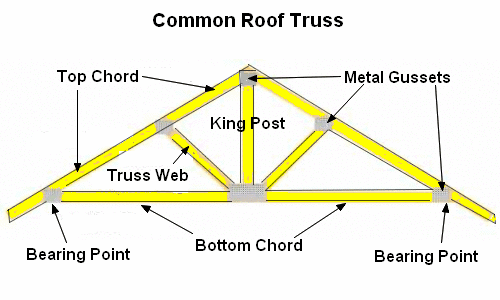 1. Bottom Chord
1. Bottom Chord
The bottom chord is the horizontal component of the truss that runs along the underside of the truss. It typically bears the load from the roof’s weight and transmits this load to the supporting walls or beams. It acts as a tension member, which means it is primarily under tension (pulling apart) rather than compression. This is one of the key elements that provide stability to the entire roof system.
2. Cantilever Section
In some truss designs, a cantilever section is added, which extends beyond the main supports without additional support from below. This part is often used in cases where an overhang or extended roof area is needed, such as for balconies or eaves. It helps distribute the load of the truss to the main structure while allowing for extended coverage.
3. Top Chord
The top chord of the truss is the uppermost horizontal component. It bears the compression load from the roof and directs this load downwards toward the bearing points at either end of the truss. The top chord is typically in compression (pushing together) and helps transfer the weight of the roof to the supports below.
4. Wedge Continuous Lateral Restraint
A wedge continuous lateral restraint is a structural element designed to prevent lateral (sideways) movement of the truss. This restraint helps maintain the integrity of the truss by limiting any potential twisting or shifting caused by external forces like wind or heavy snow. It often works with the web members to keep the truss stable during use.
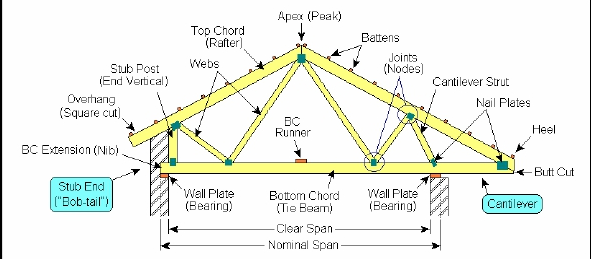 5. Peak
5. Peak
The peak of a roof truss is where the two top chords meet, forming the highest point of the truss. This is a critical point in the overall geometry of the truss and is essential for defining the roof’s pitch and load distribution. The peak is often where additional bracing is located, ensuring that the truss remains stable under various loading conditions.
6. Web
The web is the network of diagonal and vertical components connecting the top and bottom chords in a truss. These members are usually in either tension or compression depending on their placement and the direction of the loads. The web distributes the roof loads through the truss, creating a triangular framework that helps to stabilize the structure. Proper design of the web is essential to ensure that forces are efficiently transferred throughout the truss.
7. Truss Plates
Truss plates are metal connectors that hold the joints of the truss together. They are typically made of steel and are crucial in ensuring that all the parts of the truss are securely connected. These plates often feature spikes or teeth that help grip the wood or metal parts, allowing for the effective transfer of forces throughout the truss structure.
8. Triangulation Area
The triangulation area of a truss refers to the space within the truss that is defined by the interconnected web members. Triangles are known for their inherent structural stability, so using them in truss design helps ensure that the loads are evenly distributed. The triangulation area is vital for the overall strength and stability of the truss as it allows the system to handle heavy loads without excessive deformation.
9. Heel
The heel of the truss is the lower part of the truss that rests on the bearing or wall. It is where the bottom chord connects with the vertical web members. The heel plays a critical role in transferring the load from the truss to the supporting structure, ensuring the entire truss assembly is securely anchored.
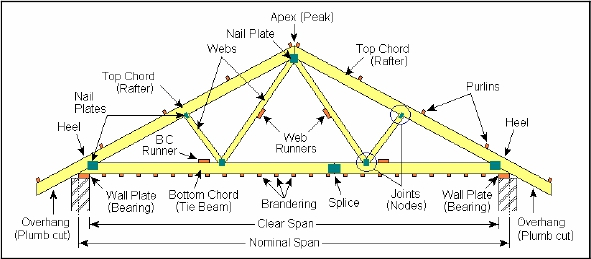 10. Overhang
10. Overhang
The overhang is the portion of the truss that extends beyond the walls or supports. This is often used to create an eave or extend the roofline beyond the walls of the building. The overhang helps with water runoff, protecting the building’s foundation and exterior walls from weather-related damage. It can also contribute to aesthetics by providing architectural interest.
11. Bearing
Bearing refers to the points where the truss comes into contact with the building’s walls or supporting beams. These are the structural points where the weight of the roof is transferred from the truss to the rest of the building. Proper bearing support is essential to ensure the truss performs correctly under load and does not fail.
12. Panel Point
A panel point is the location where two or more members of the truss meet. These points are crucial for load transfer within the truss system. Properly designed panel points ensure that the forces from the roof are transmitted effectively through the truss without causing excessive stress or deformation at any individual joint.
13. Ridge Beam
The ridge beam is a horizontal beam at the top of a roof truss, running along the peak of the roof. In some truss designs, especially those with more complex roof structures, the ridge beam helps support the weight of the roof and acts as a stabilizing element. It is particularly common in roofs with a pitched design, helping the two halves of the truss stay aligned and stable.
14. King Post
A king post is a vertical member in a truss that connects the peak of the truss to the bottom chord. It is typically used in a king post truss design, where the central vertical post supports the roof load. The king post serves to stabilize the roof and help distribute the loads more efficiently across the truss.
15. Queen Post
The queen post is a variation of the king post, typically used in more complex truss designs. It consists of two vertical posts, one on each side of the central peak, and connects to the bottom chord. Queen post trusses are often used in situations where a greater span is required or where additional support is needed for the roof structure.
16. Tie Beam
The tie beam is a horizontal beam located near the bottom of the truss that helps connect and stabilize the two halves of the truss. It is often used to prevent the truss from spreading outwards due to the tension in the bottom chord. The tie beam helps distribute loads and ensures that the truss remains structurally sound by resisting forces that might try to push the two halves apart.
Conclusion
The roof truss is a finely engineered structure composed of multiple components working together to ensure the roof is stable, secure, and efficient. Each part of the truss – from the top chord to the bottom chord, from the web members to the truss plates – plays a vital role in load distribution and the overall structural integrity of the building. Understanding these elements is crucial for anyone involved in building design, construction, or renovation, as it helps ensure the roof will stand the test of time and elements.

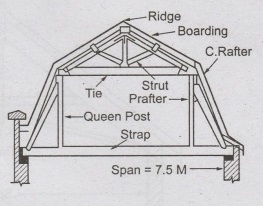
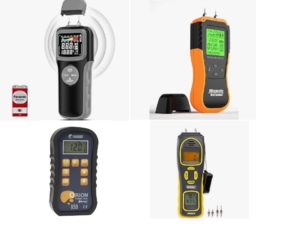
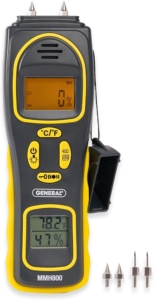

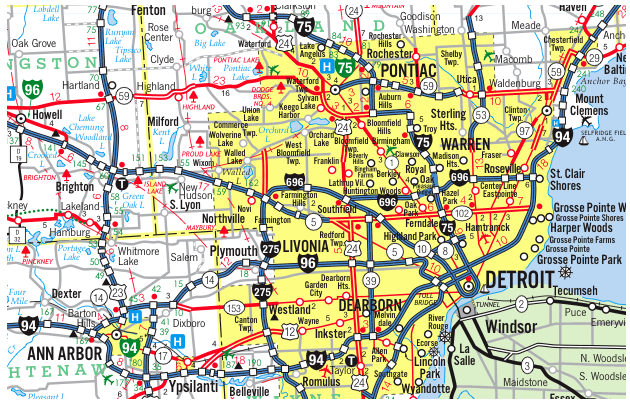 Our Construction company is Servicing Southeast Michigan, Detroit and the Tri-County area Wyane, Oakland and Macomb;
Our Construction company is Servicing Southeast Michigan, Detroit and the Tri-County area Wyane, Oakland and Macomb;
